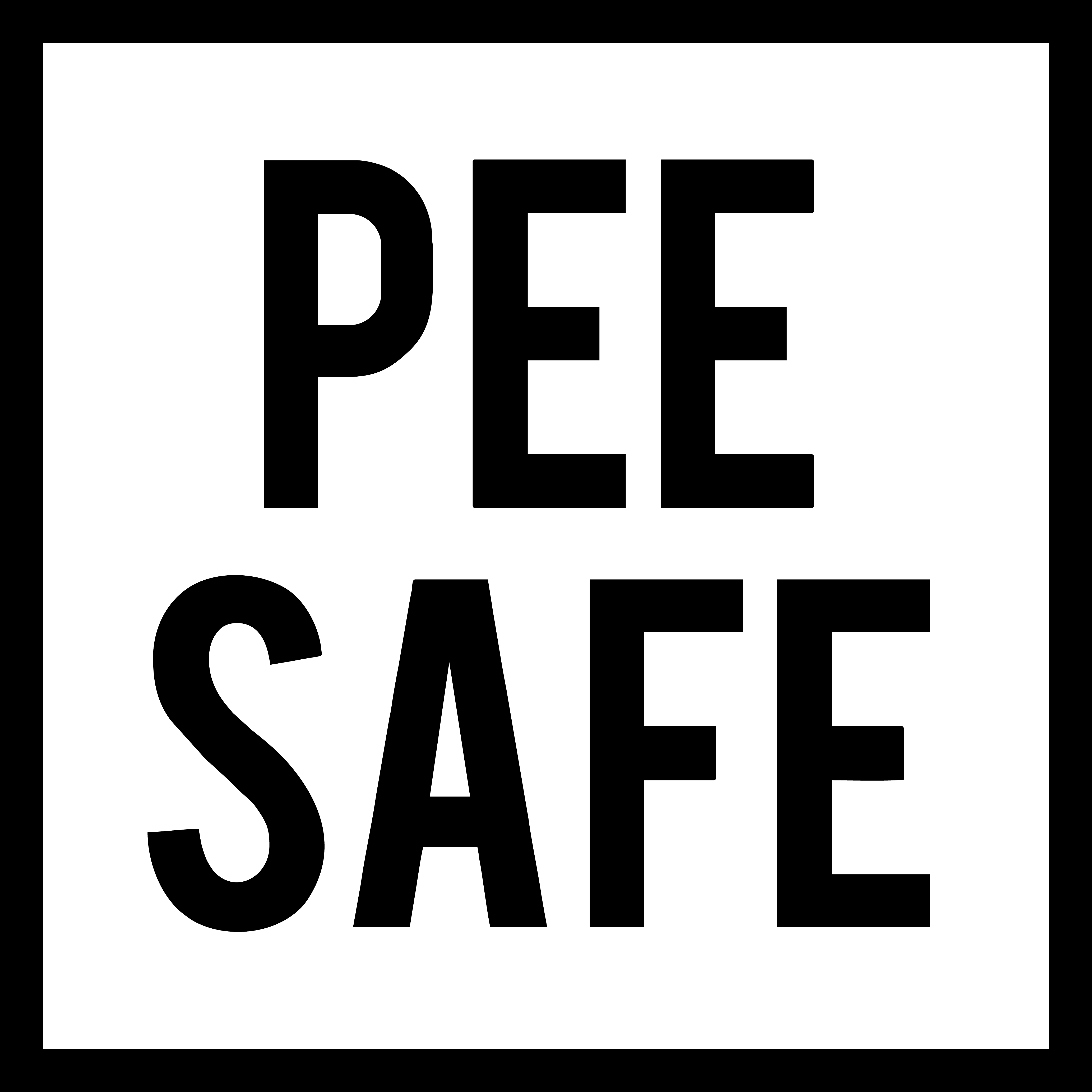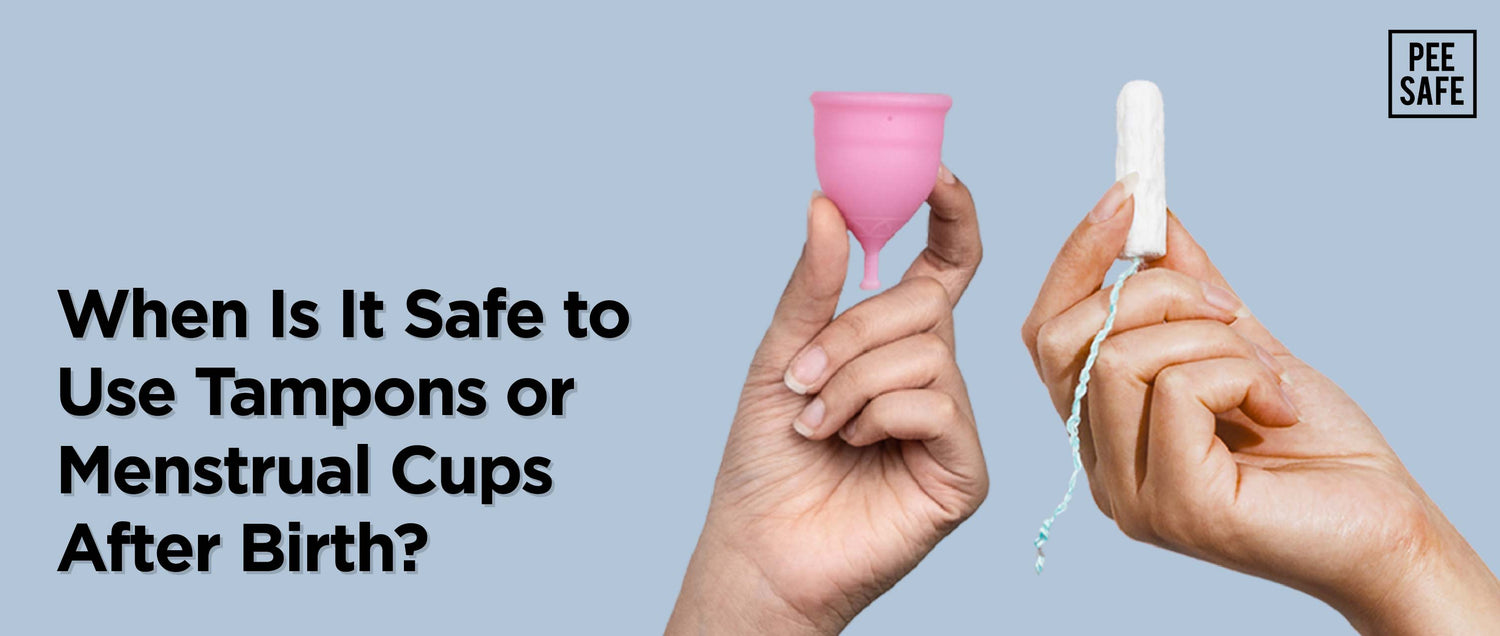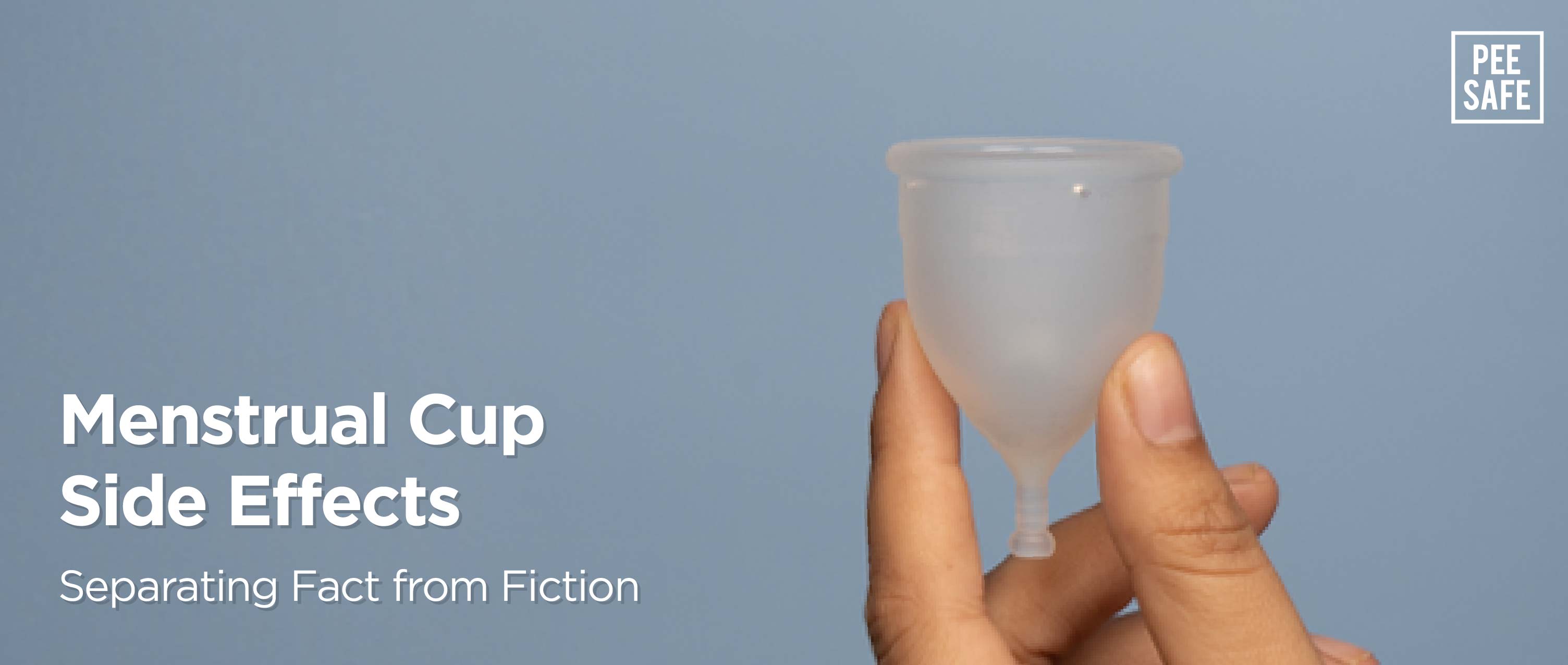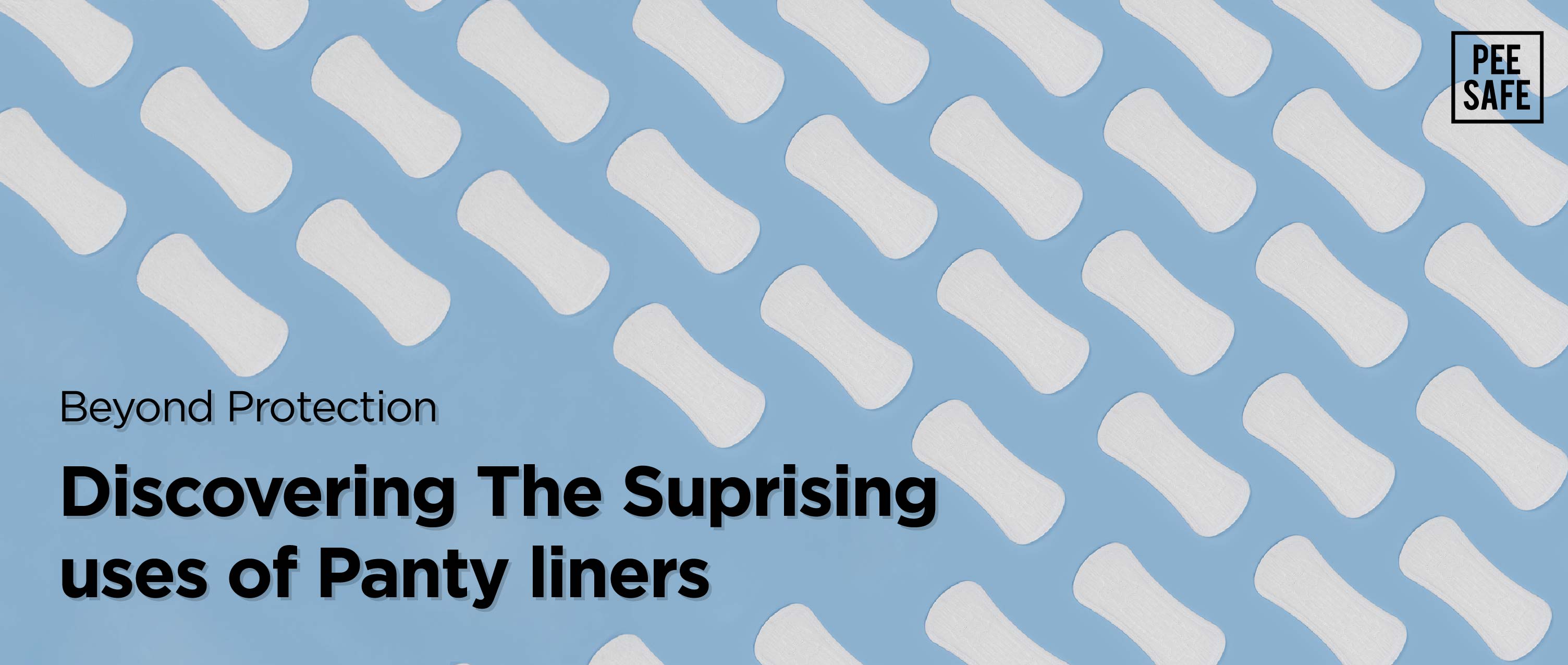As we know, Tampons and Menstrual cups are two different products used for menstrual blood flow, they both are alternatives to sanitary pads. Using organic tampons can be safe. The timing for using tampons or menstrual cups depends on various factors, including the type of birth (vaginal or cesarean) and individual healing processes. To know when it safe to use tampons and menstrual cups after giving birth, make sure that you consult your gynaecologist. Each person is different, and only a doctor can determine when is it safe for you to use these menstrual hygiene products.
To know the difference between tampons and menstrual cups when it comes to period hygiene after giving birth, read on.
Tampons: Tampons are cylindrical absorbent devices used by individuals to manage menstrual flow. Tampons are typically made of cotton or a blend of synthetic materials, and they come in various sizes and absorbency levels to accommodate different flow intensities.
- Using Tampons: After giving birth, It is generally recommended to wait until your postpartum bleeding, known as lochia, has significantly reduced, or stopped before using tampons or menstrual cups.
Menstrual Cups: Menstrual cups are reusable, bell-shaped devices designed to collect menstrual fluid during menstruation. They are made of medical-grade silicone, latex, or rubber and are inserted into the vagina to create a seal and collect menstrual blood.
Using Menstrual Cup
- Insertion: To use a menstrual cup there are different folding techniques, such as the C-fold or the punch-down fold. Once inserted correctly, the cup should sit comfortably in the vaginal canal.
- Capacity and Duration: Menstrual cups have a higher capacity than tampons, so they can usually be worn for longer periods before emptying. Depending on your flow, you may need to empty the cup every 4 to 8 hours.
- Removal and Cleaning: To remove the menstrual cup, gently pull the base of the cup. Pinching the base to release the seal and slowly pulling it out helps prevent discomfort. After removal, empty the contents into the toilet or sink, rinse the cup with water, and clean it with mild, unscented soap before reinserting it. At the end of your menstrual cycle, the cup should be sterilized by boiling water for a few minutes.
- Reusability and Sustainability: Menstrual cups are reusable and can last for several years with proper care. This makes them an environmentally friendly alternative to disposable menstrual products, as they reduce waste and save money in the long run.
- Health Considerations: Menstrual cups are generally considered safe to use, but individuals with certain conditions or anatomical differences may need to consult with their healthcare provider before using one. It's important to follow proper hygiene practices, such as washing your hands before handling the cup and cleaning it thoroughly between uses.
When Is It Safe to Use Tampons or Menstrual Cups After Postpartum?
After giving birth, it is important to take care of your body and make safe choices when it comes to managing your menstrual flow. Both tampons and menstrual cups are commonly used options, but there are a few factors to consider before making a decision.
- Postpartum Bleeding: After giving birth, you will experience postpartum bleeding, also known as lochia. This discharge contains blood, tissue, and mucus from the healing process of the uterus. It is usually heavier and can last for several weeks. Using tampons or menstrual cups during this time may not be recommended because they can interfere with the healing process and increase the risk of infection.
- Healing Process: After childbirth, the vaginal area goes through a healing process. Your body needs time to recover, if you had a vaginal delivery or a cesarean section, Inserting tampons or menstrual cups may cause discomfort or disrupt the healing process, especially in the early weeks after giving birth.
- Size and Fit: The size and fit of tampons or menstrual cups can be different after childbirth due to changes in your body. Your cervix may be positioned differently, and your vaginal muscles may have loosened. It is important to choose the right size and make sure the tampon or menstrual cup fits comfortably to avoid any discomfort or leakage.
- Infection Risk: Using tampons or menstrual cups during the postpartum period can increase the risk of infection. The vaginal and cervical tissues are more susceptible to infection after childbirth, and inserting foreign objects can introduce bacteria into the reproductive system.
Considering these factors, it is generally recommended to avoid using tampons or menstrual cups immediately after giving birth. Some individuals may prefer menstrual cups because they don't contain additives or chemicals that can be found in tampons. Cups also do not disrupt the vaginal flora and pH balance as tampons sometimes can. Ultimately, the choice between tampons and menstrual cups is a personal one.It's important to follow the instructions provided by the manufacturer for proper use and maintenance of whichever option you choose.
After giving birth, it is generally recommended to wait for a certain period before using tampons or menstrual cups. The exact timing can vary depending on factors such as the type of birth (vaginal or cesarean) and individual healing processes. It is important to consult with your healthcare provider for personalized advice, as they will have the most accurate information based on your specific situation taking into account factors such as the type of delivery, any complications, and your overall health. Follow your gynaecologist’s advice, and take care of your menstrual hygiene.
-
✍️ This article was curated by Nisha Prakash




























